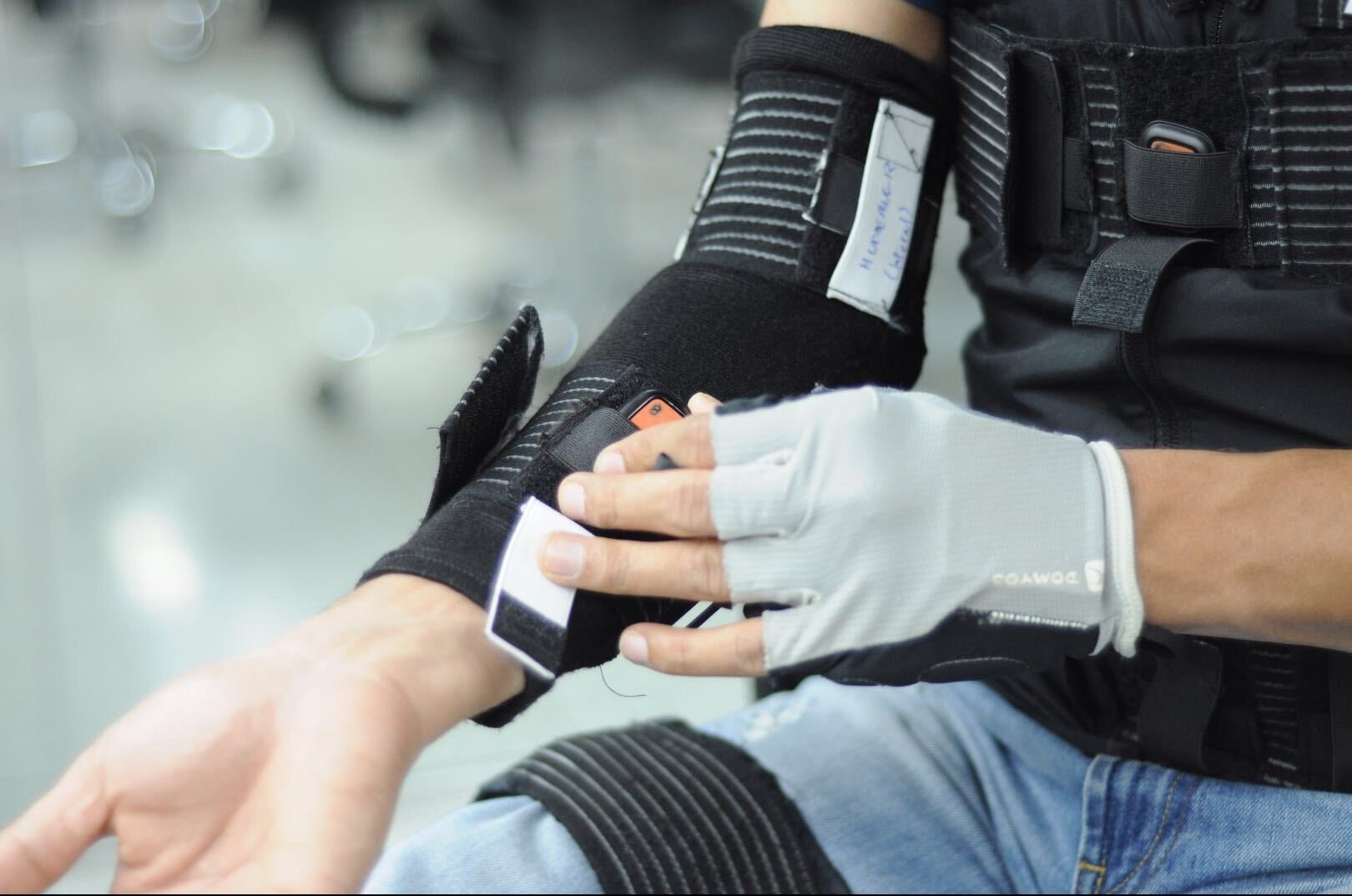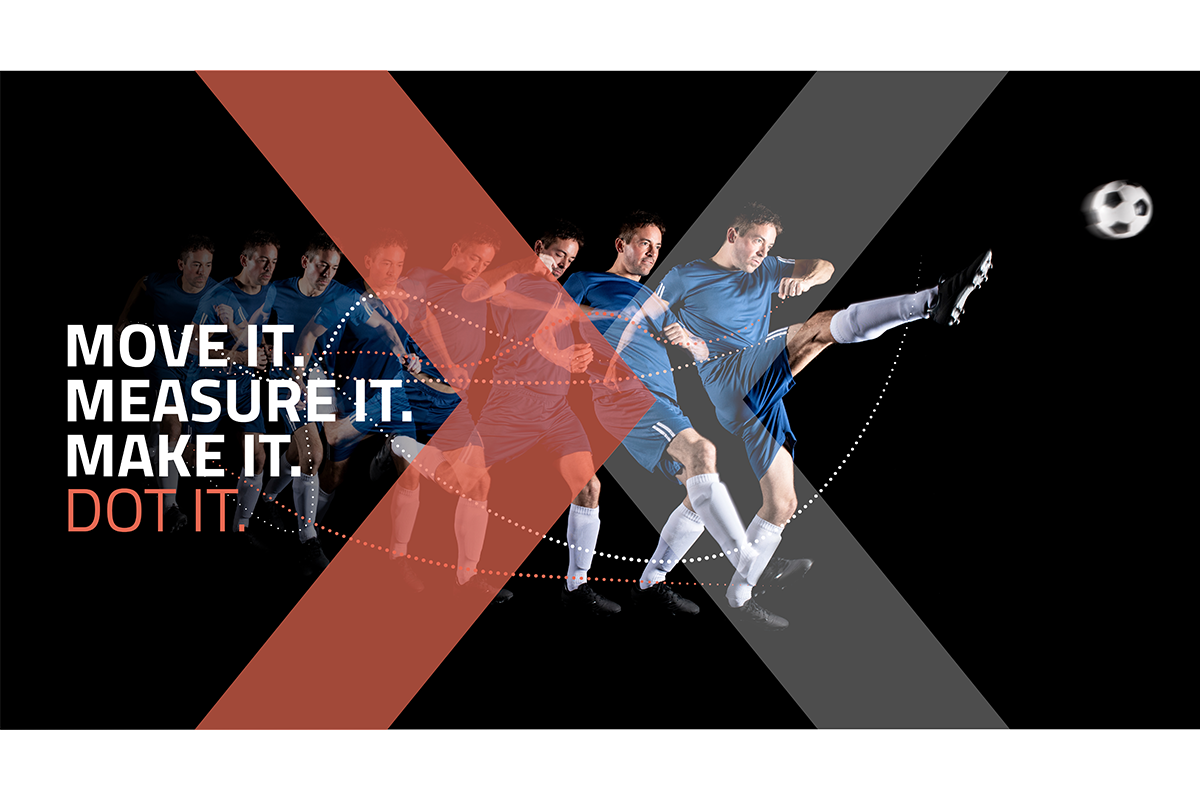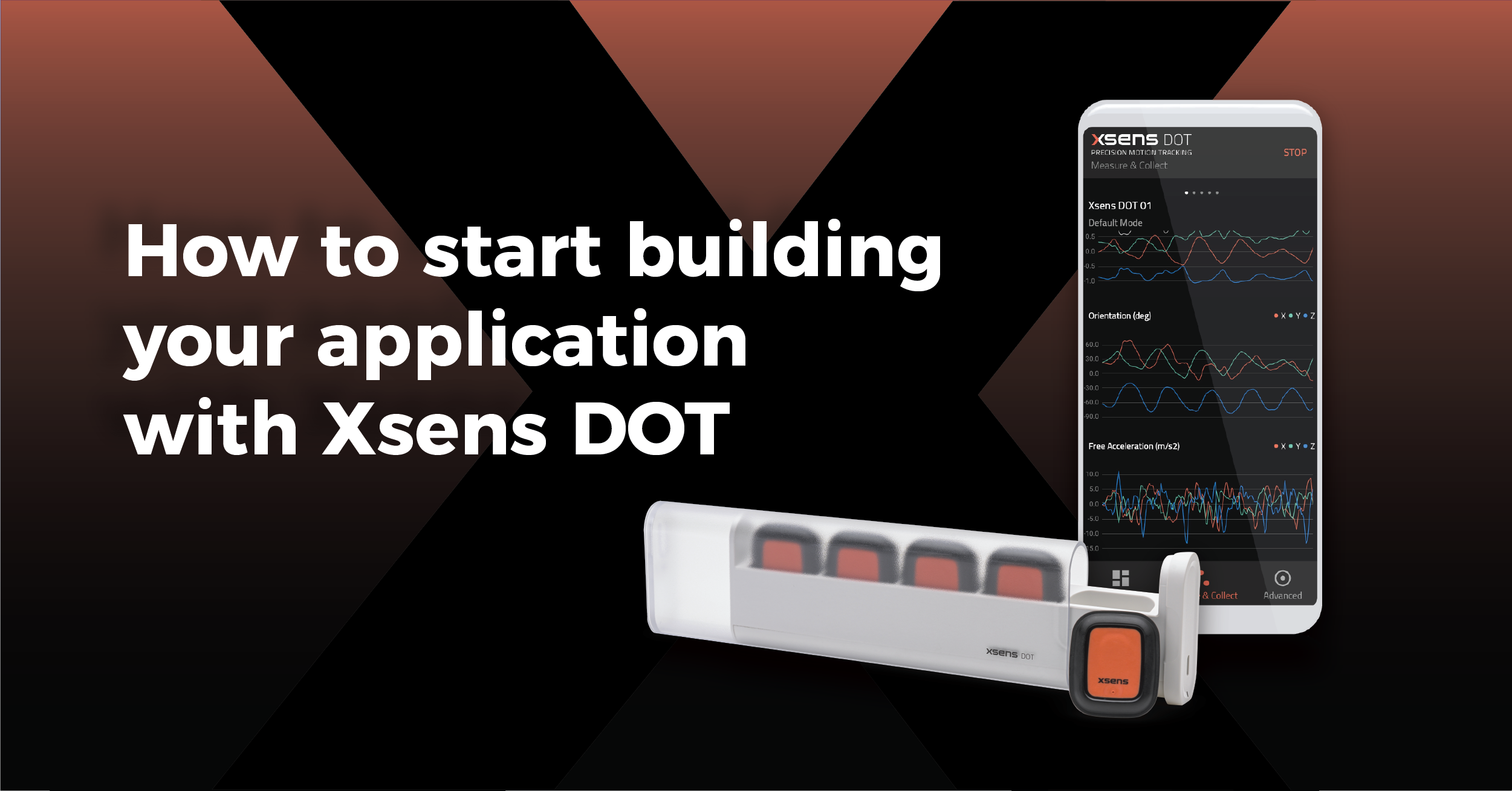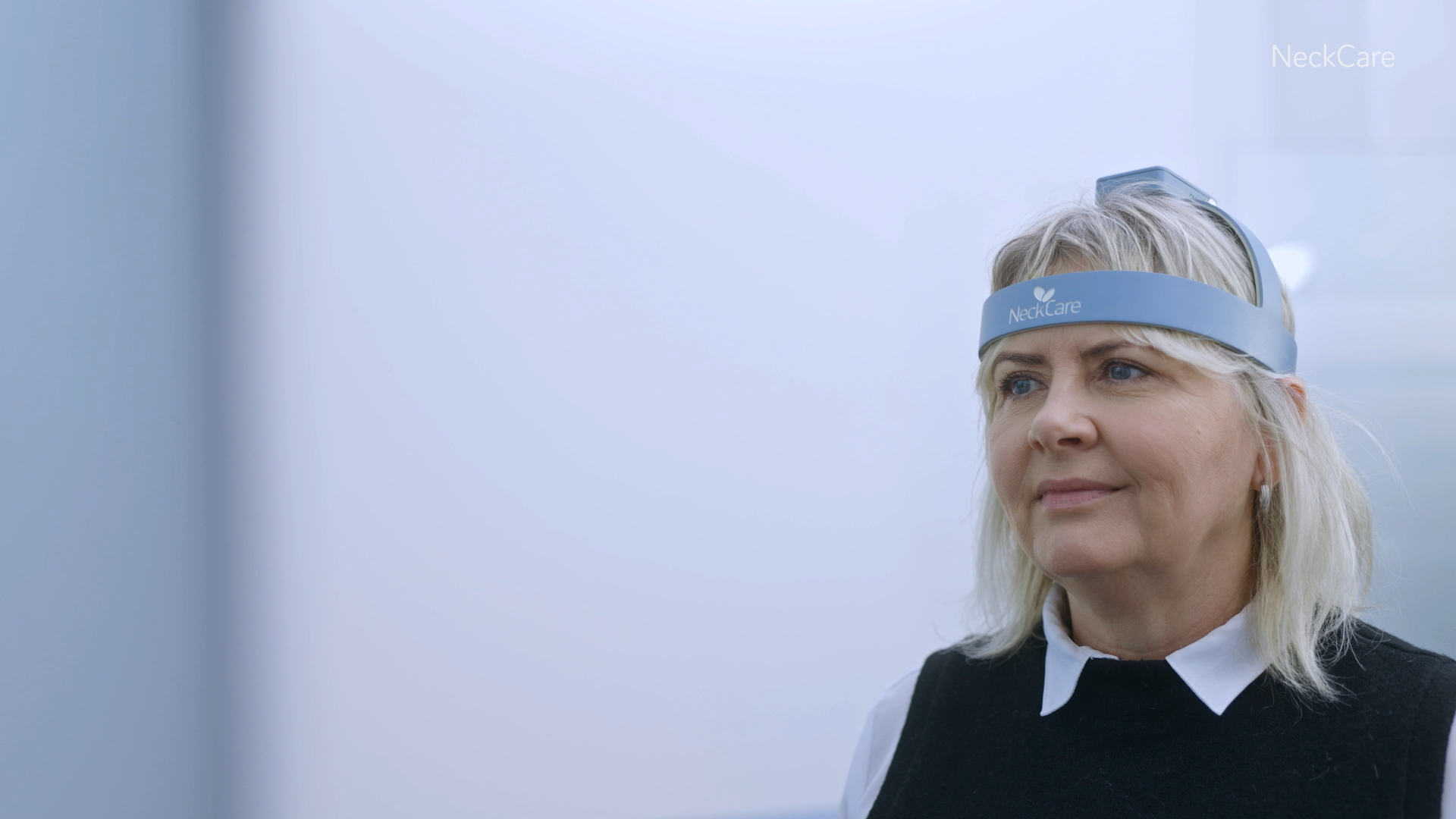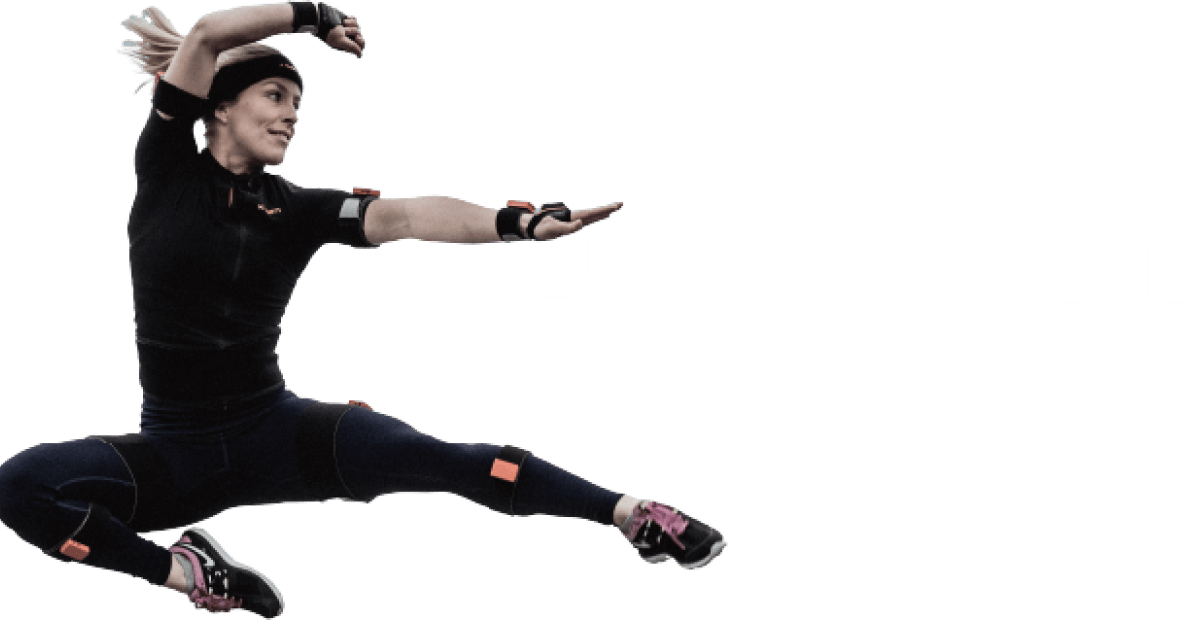Targeting the expansive discipline of physiotherapy, nxtQ is breaking new ground in understanding, improving, and rehabilitating patients across all walks of life. And they’re doing it by using Movella DOT wearable sensors.
Remote assessment, diagnosis, and telemedicine are increasingly necessary across healthcare. Particularly in hard to reach areas or underserved populations. Based in Bangalore, India, nxtQ’s founder Subrahmanyam Muramalla saw the potential in diagnosing physical ailments from afar using the Movella DOT (formerly Xsens DOT) development platform.
In India, a mere 6 physiotherapists exist per 100,000 people . However, through a creative use of wearable sensors, nxtQ is able to address the market need for remote diagnosis to alleviate the burden of initial assessment and logistical inconvenience. nxtQ is leading the way in delivering accurate data to physiotherapists while minimizing the need for in-person examination, addressing the demand for remote diagnosis.
The Approach
Physiotherapy covers a wide spectrum of specialties: ergonomic, blue and white collar, general practitioners, and scoliosis specialists to name only a few. nxtQ looks to understand exactly what levels of information can be given to practitioners ahead of – or instead of – in-person exams, providing genuine value to their consultation process.
“Our initial approach to using wearable sensors involved how we can provide data of the most significant value to physiotherapists”, says Subrahmanyam, “from the moment a person approaches the physio, all the way to the final consultation: how can our technology help?”
To examine subdermal elements, such as bone and muscle, that a physiotherapist can study, requires a physical measurement. Camera-based tools would not be able to pick up these components due to limitations in visibility — occlusion.
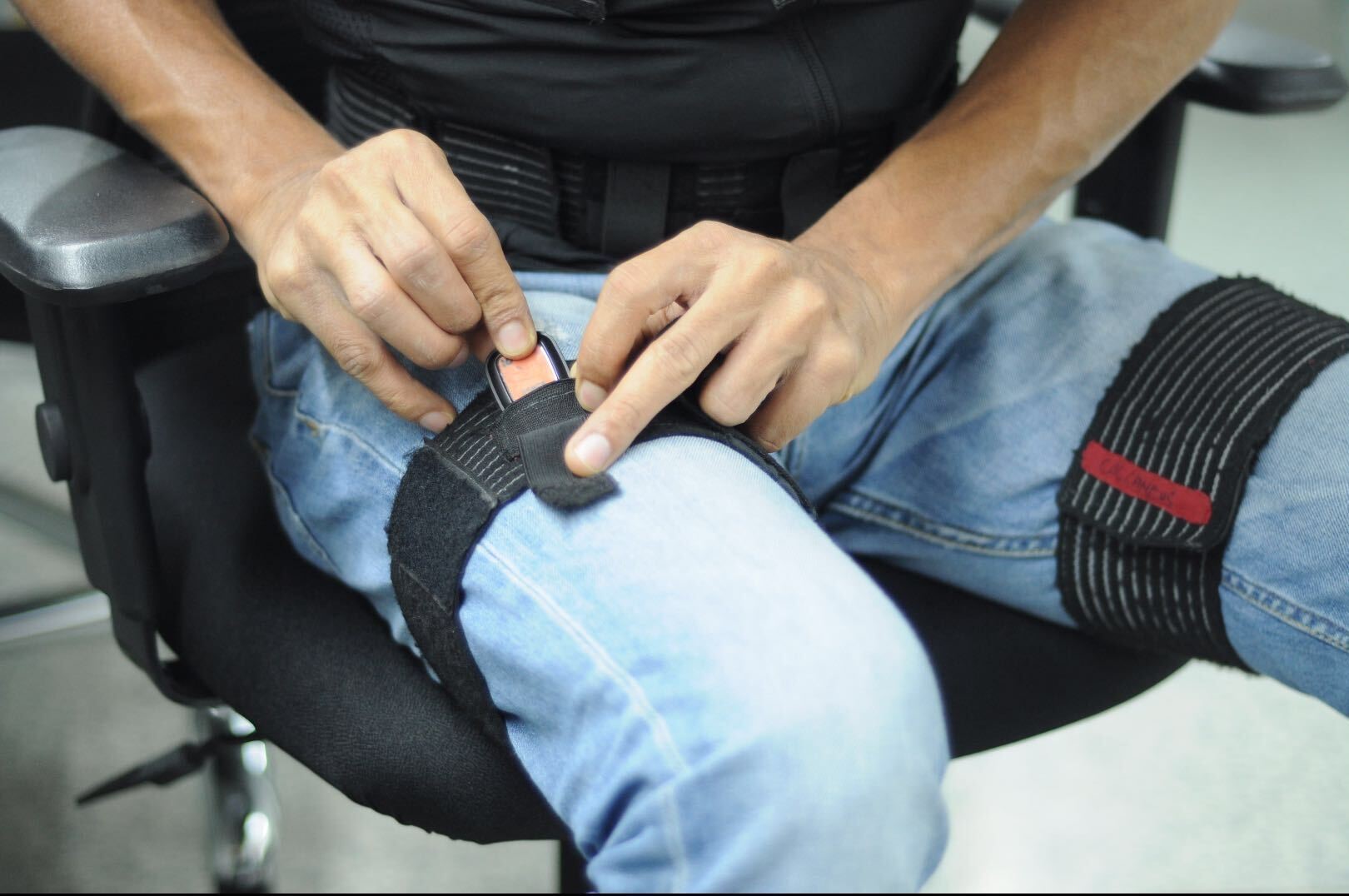
Identifying the system
When studying patients who work in physically demanding environments - an assembly line at a car manufacturer, for example - nxtQ can track their movements to help physiotherapists understand restrictions in bodily function. Carrying out validation studies in extreme environments such as these, coupled with the Movella DOT’s ability to withstand magnetic interference, ensures that nxtQ has accurate data from which physiotherapists can make diagnoses.
If neck and back problems are common in the data set, nxtQ can attach sensors to the entire body and notice minute variances between them. By utilizing the Movella DOT inertial wearable sensors, nxtQ helps practitioners to identify causal relationships from an entirely separate part of the body.
The data from the sensors is then collected into the Movella DOT App via Bluetooth, and extrapolated for interpretation using nxtQ’s proprietary algorithms. For AI to make judgments between different patients, “I think there’s a long way to go”, says Subrahmanyam. Each individual is different, and with the Movella DOT app and wearable sensors they can ensure that the data captured from across the entire body is as accurate to each individual as possible.
Reliable Results
nxtQ was founded on the idea that, with their data, they will have the answers to the next five questions a doctor might ask. But it isn’t simply about the quantity of data. A fundamental challenge in what the company is doing lies in generating the most reliable results possible.
To ensure total reliability, supplying the highest quality data is key. Physiotherapy consultants shouldn't be under any burden when it comes to interpreting data within their typical 15-minute consultation with a patient. They, along with the patient, need to quickly, conveniently and accurately understand the data.
Subrahmanyam and his team are able to see more specific data and discover the smallest, less noticeable issues. “Even in other startups where founders are using similar technologies, Movella is recognised as being the best. We've done extensive research into the available tools and it answers all our needs.”
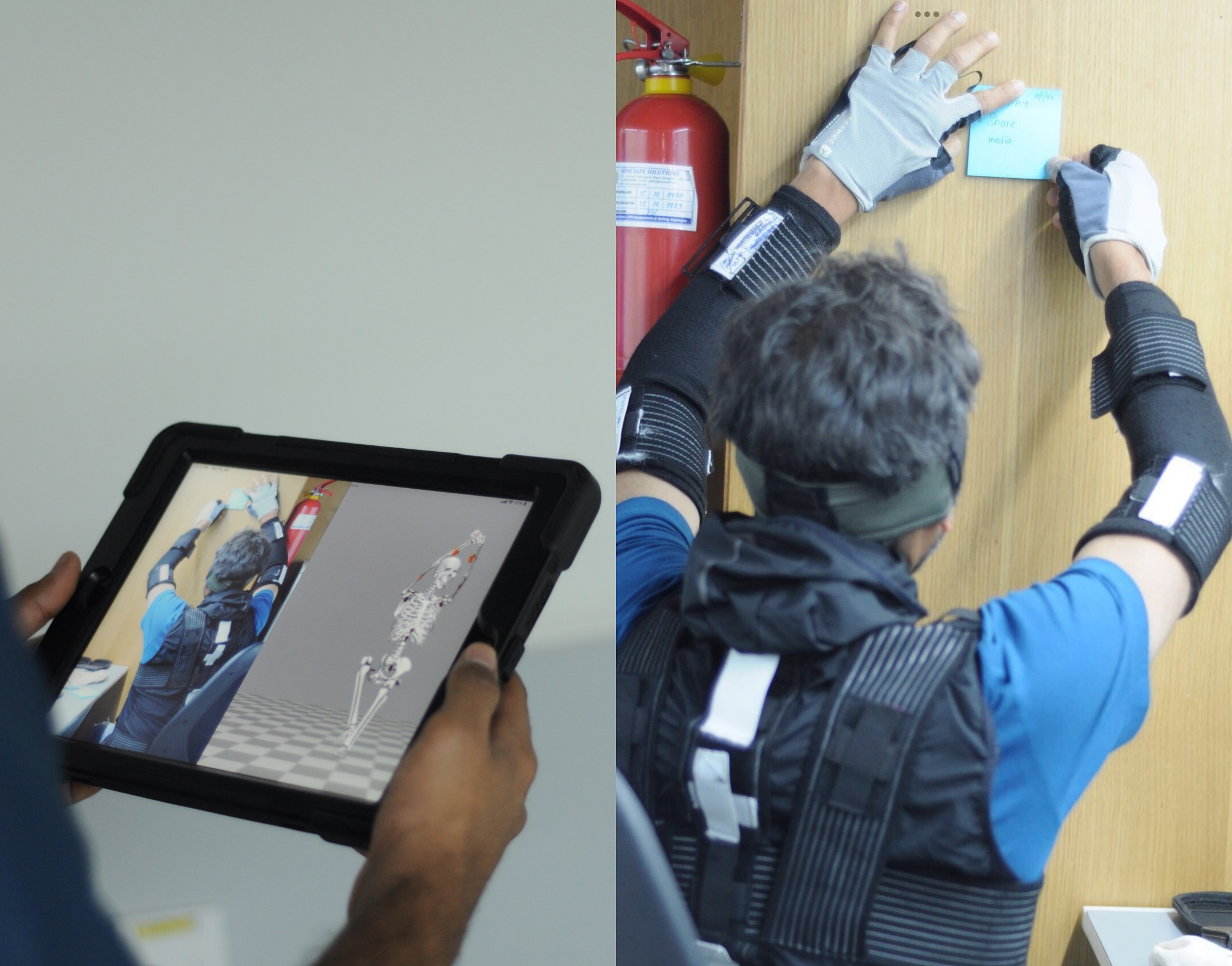
The Right Support
Having an inertial tracking solution that was paired with in-depth support has been vital in nxtQ’s success. With an office in Bangalore, Xsens is available to answer any questions about their products and streamline nxtQ’s workflow.
“For a good two and a half years” says Subrahmanyam, “Movella has responded to us directly and quickly. I really appreciate that.”
Movella DOT’s ability to have five bluetooth sensors connected to one phone allows optimum bodily coverage and accuracy. This has enabled the team to collect more data in less time, discovering even more medical patterns within motion tracking.
Understanding exactly how the sensors work and getting the best use from them directly affects nxtQ’s use-case. Having the right products, with the right support, means that they can deliver on their promises to customers and easily support them in turn.
Achieving Diagnosis
nxtQ is able to continually develop solutions that can alleviate the burden impinging early stages of diagnosis. As they build a broader customer base, they will be able to build a detailed database that will help them in deepening their understanding of the system itself. Ultimately leading to more diagnoses and faster medical care for those in underserved communities.
Inertial motion tracking’s use within healthcare is gaining momentum. By utilizing the Movella DOT, nxtQ can provide physiotherapists with high-quality data that will make their job easier in a remote setting.
As the team learns more about these tools, capturing more data over time, breakthroughs in telediagnosis will continue to be made. With a plan to incorporate more Xsens products into nxtQ’s workflow, the company can lead the way in gold-standard physiotherapy tracking.
Make it happen with Movella DOT
With Movella DOT, the possibilities are endless. We encourage developers to build their own unique applications. Our White Label option allows you to customize a design for the Movella DOT and have your own logo on the sensors. Visit our developer page to see what Movella DOT can do for you.
Go to the Developer page
